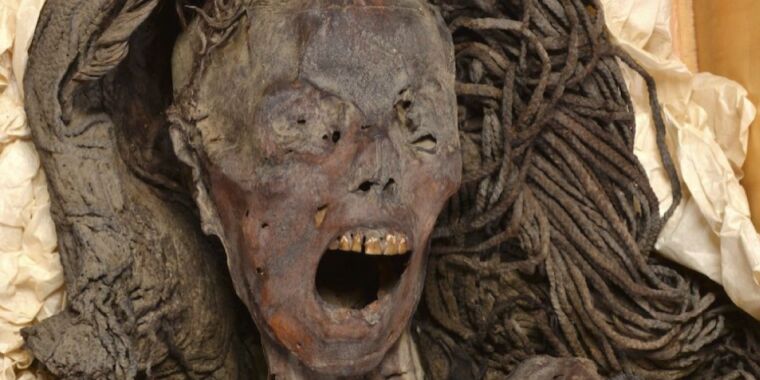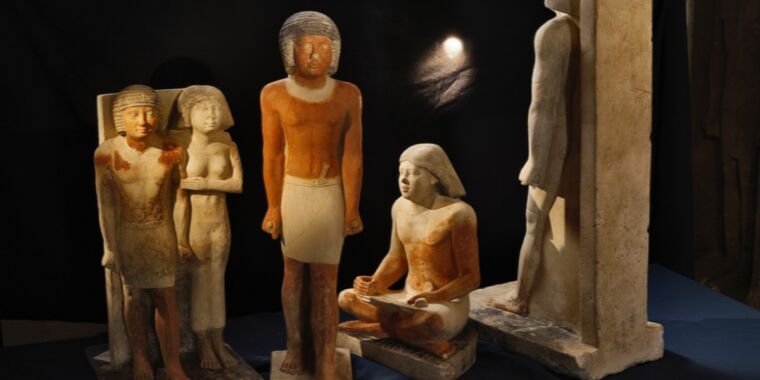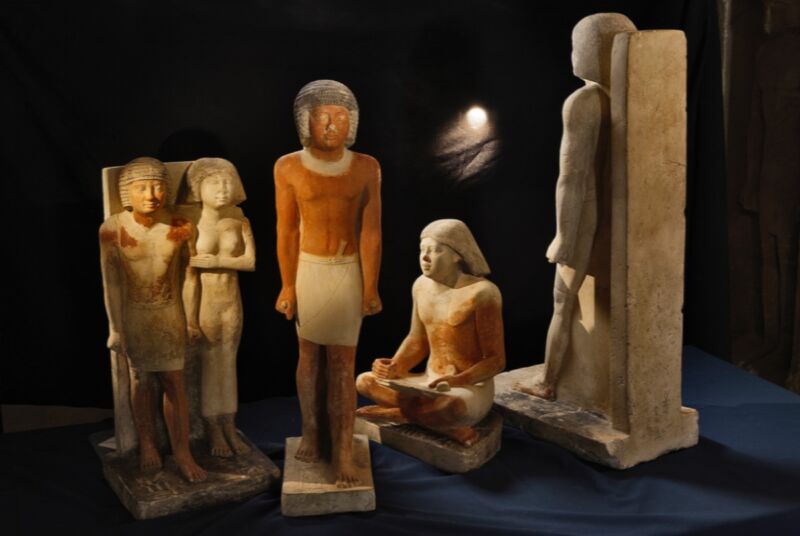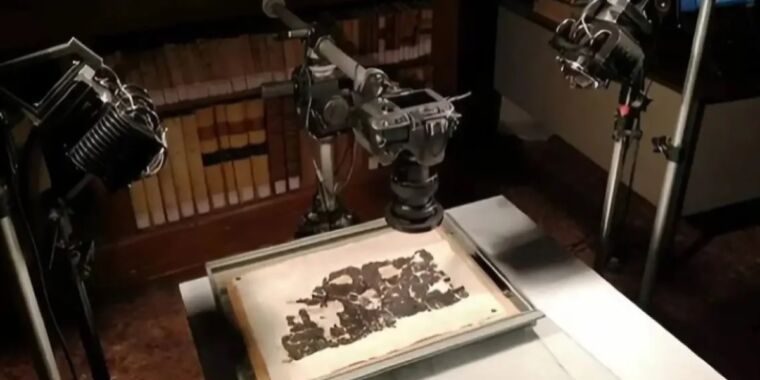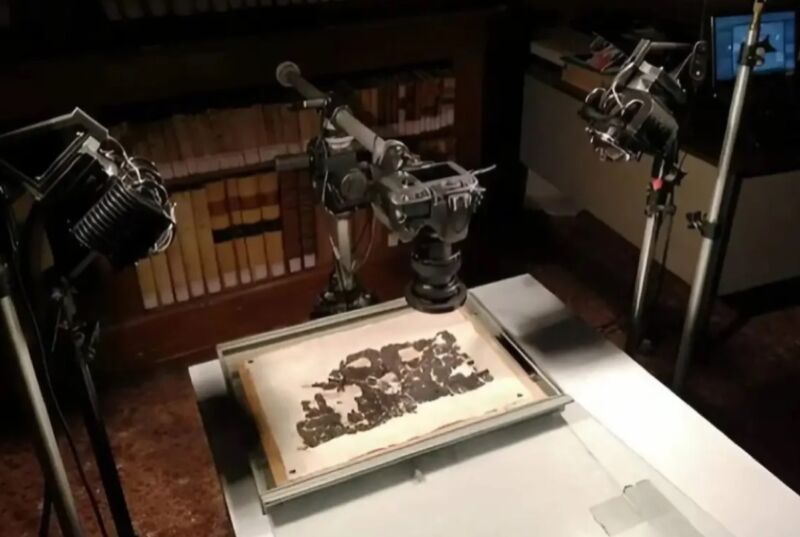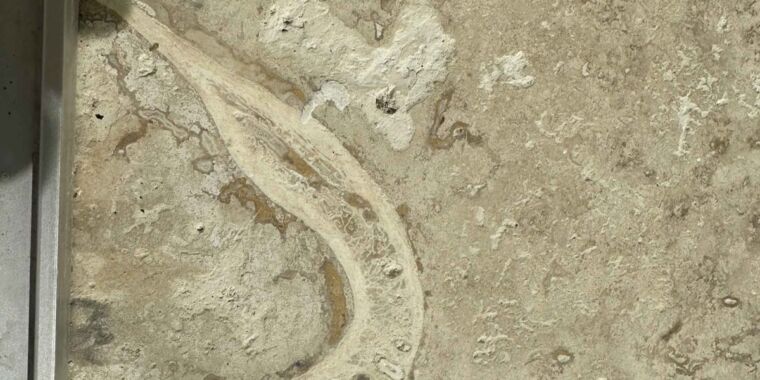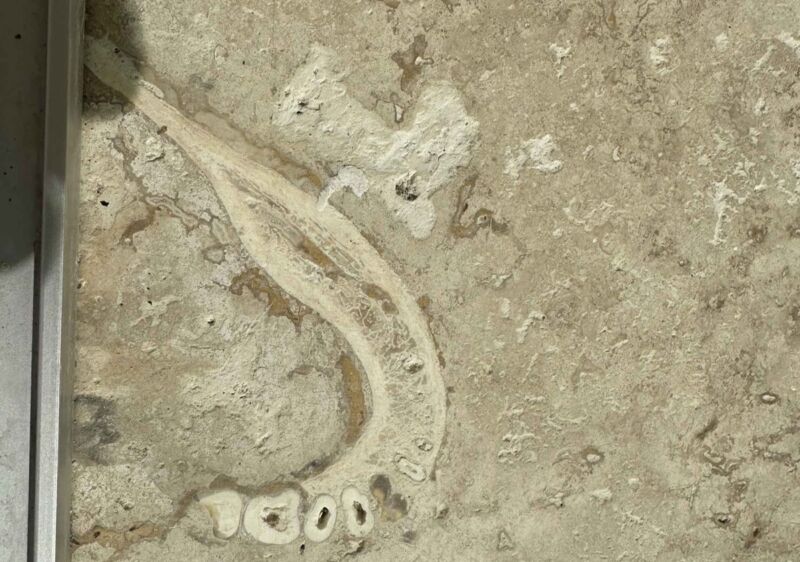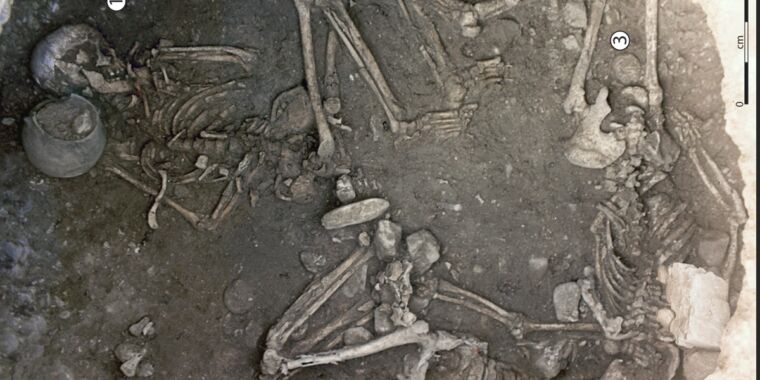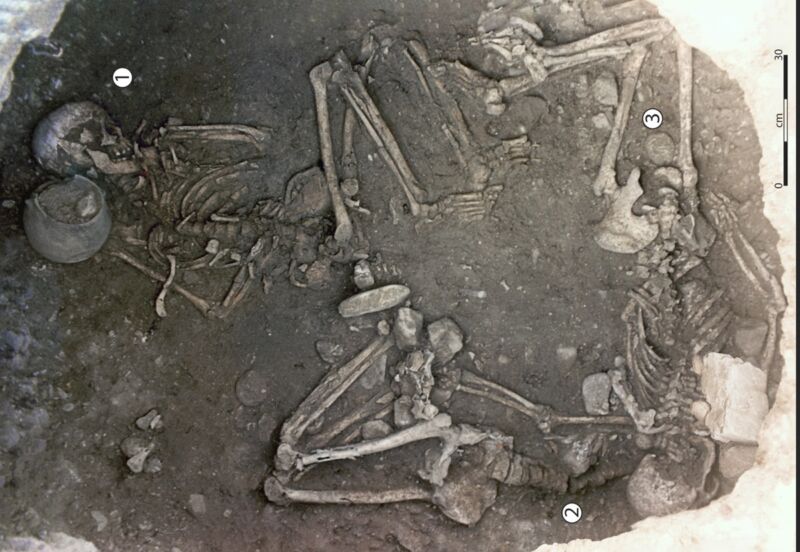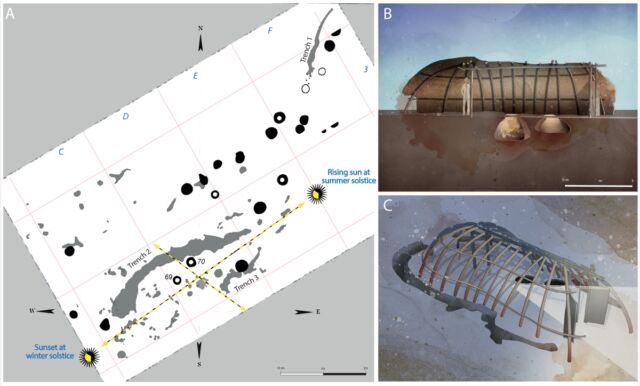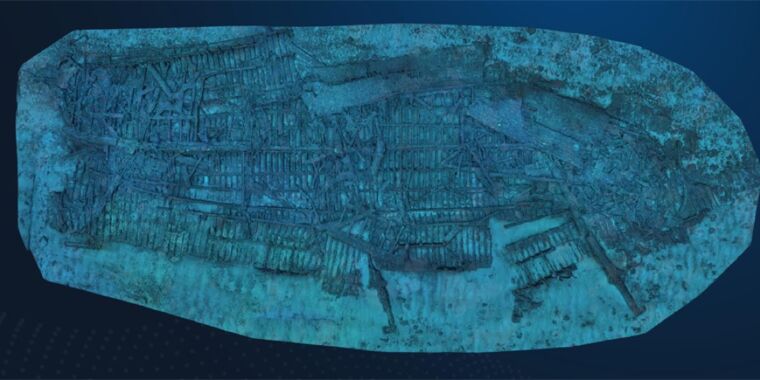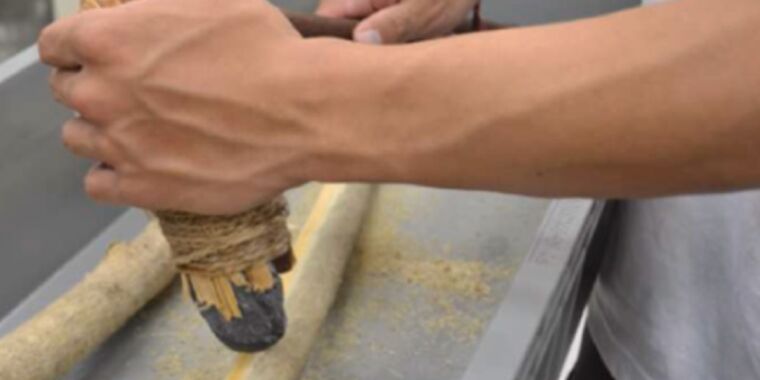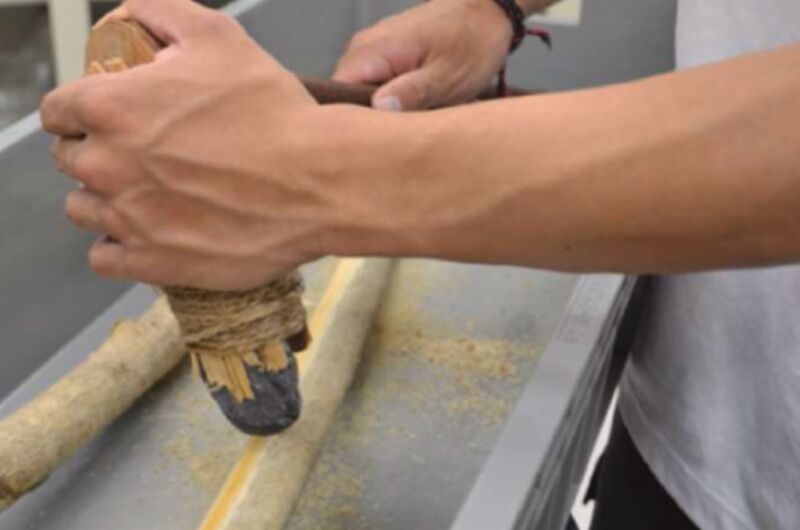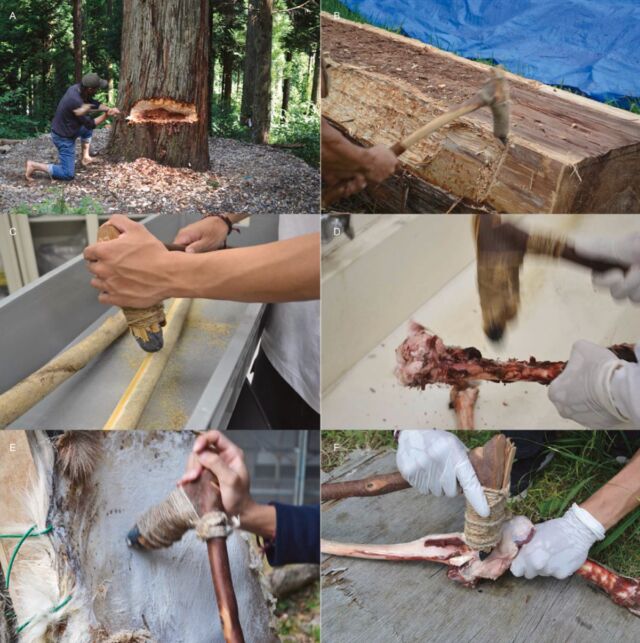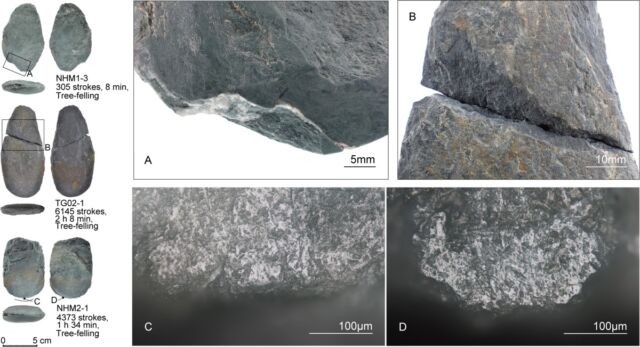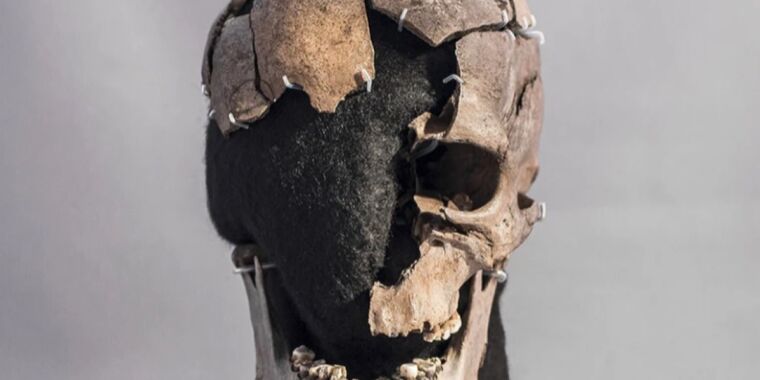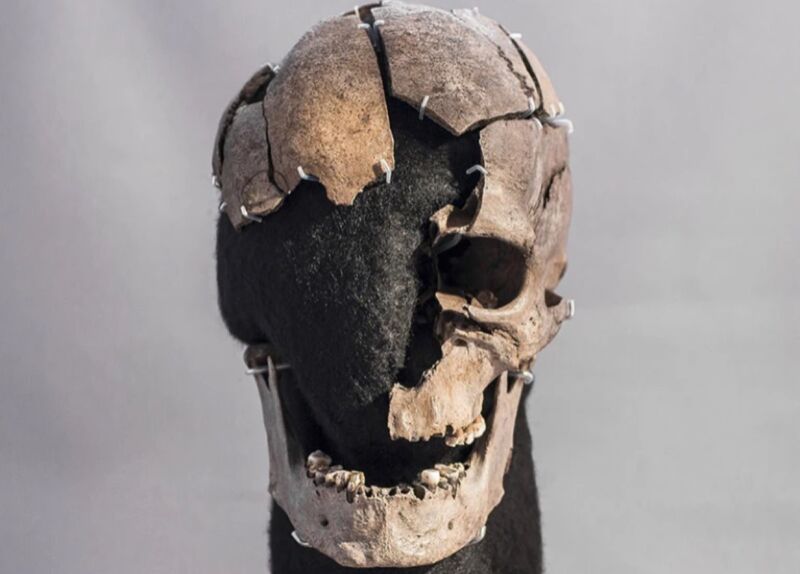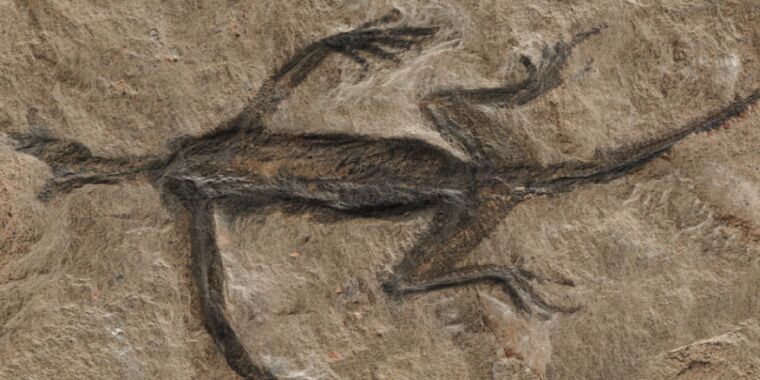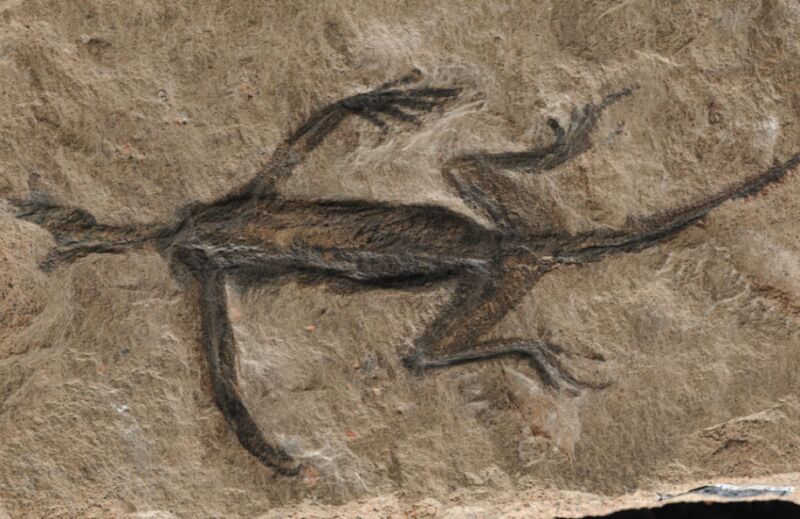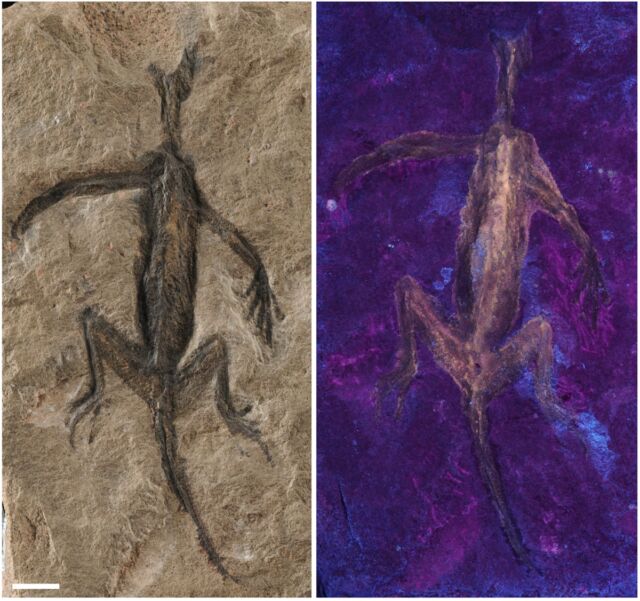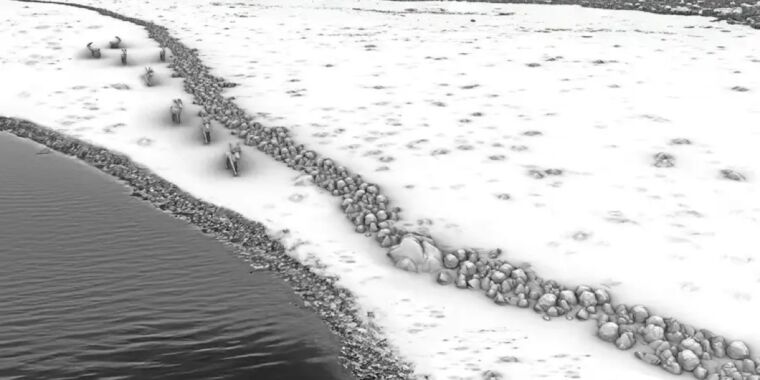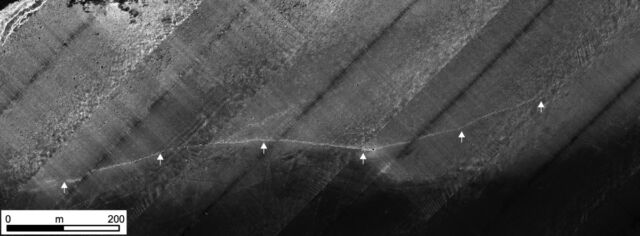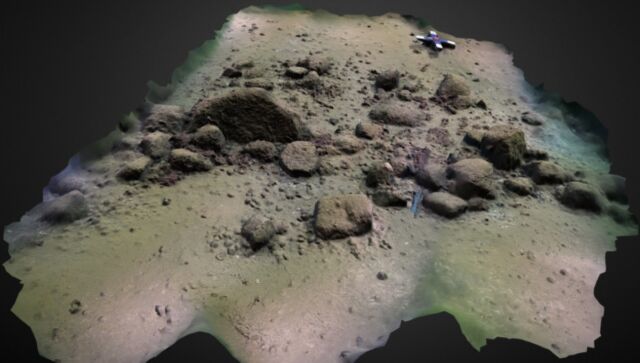“Screaming Woman” mummy may have died in agony 3,500 years ago, study finds
why is this mummy screaming? —
Scientists performed a “virtual autopsy” but could not determine exact cause of death.

Enlarge / CT scans and other techniques allowed scientists to “virtually dissect” this 3,500-year-old “Screaming Woman” mummy.
There have been a handful of ancient Egyptian mummies discovered with their mouths wide open, as if mid-scream. This has puzzled archaeologists because Egyptian mummification typically involved bandaging the mandible to the skull to keep the mouth closed. Scientists have “virtually dissected” one such “Screaming Woman” mummy and concluded that the wide-open mouth is not the result of poor mummification, according to a new paper published in the journal Frontiers in Medicine. There was no clear cause of death, but the authors suggest the mummy’s expression could indicate she died in excruciating pain.
“The Screaming Woman is a true ‘time capsule’ of the way that she died and was mummified,” said co-author Sahar Saleem, a professor of radiology at Cairo University in Egypt. “Here we show that she was embalmed with costly, imported embalming material. This, and the mummy’s well-preserved appearance, contradicts the traditional belief that a failure to remove her inner organs implied poor mummification.”
Saleem has long been involved in paleoradiology and archaeometry of “screaming” Egyptian mummies. For instance, she co-authored a 2020 paper applying similar techniques to the study of another “Screaming Woman” mummy, dubbed Unknown Woman A by the then-head of the Egyptian Antiquities Service, Gaston Maspero, and one of two such mummies discovered in the Royal Cache at Deir el Bahari near Luxor in 1881. This was where 21st and 22nd Dynasty priests would hide the remains of royal members from earlier dynasties to thwart grave robbers.
The male mummy, which also had a screaming expression, was identified in a 2012 study (also co-authored by Saleem) as Pentawer, son of 20th Dynasty pharaoh Ramses III (1186–1155 BCE), thanks to CT scans and DNA testing. Prince Pentawer was involved in the “harem conspiracy,” resulting in the assassination of his father, although the attempted coup failed in its objective of placing Pentawer on the throne. (The 2012 CT scans of Ramses III’s mummy revealed that the pharaoh’s throat had been cut to the bone, severing the trachea, esophagus, and blood vessels.)
The prince was forced to commit suicide by hanging as punishment. His body was not properly mummified; his organs were not removed (evisceration), and no embalming fluids were placed inside his body cavity. Instead, he was ignominiously wrapped in a goat’s skin (deemed ritually “impure”) and placed in an unmarked coffin.
-
“Screaming Mummy” of a man identified as Prince Pentawer, son of Ramesses III.
Public domain
-
Picture of the head and upper torso of the “Screaming Woman” mummy known as Unknown Woman A, possibly Meritamun, daughter of 17th Dynasty Pharaoh Seqenenre Taa.
Zahi Hawass and Sahar N. Saleem
Maspero noted that Unknown Woman A’s wraps included inscriptions that translated into “Royal daughter, royal sister Meritamun,” but there were several princesses of that name, so this “screaming woman” mummy was officially declared unknown. The two most likely candidates were the daughter of late 17th Dynasty pharaoh Seqenenre Taa II (1558–1553 BCE) or the daughter of Nefertiti and Ramses II (1279–1213 BCE), aka Ramses the Great. Maspero thought that the unusual wide-open mouth may have been the result of improper mummification (or no mummification, like Pentawer.)
Saleem and her 2020 co-author, archaeologist Zahi Hawass, took CT scans of the mummy to learn more about who she might have been and how she died. They identified her as an older woman who likely died in her 50s and was just under 5 feet tall. The scans revealed high calcification in many of her arteries (severe atherosclerosis), indicating serious heart disease. This likely led to her sudden death from a heart attack or stroke; the authors suggest the woman was not discovered right away, so her muscles and joints stiffened—hence the unusual body position (bent legs) and the wide open mouth. In addition, or alternatively, some kind of cadaveric spasm at the moment of death may have occurred.
Unlike the remains of the patricidal Pentawer, this woman had been eviscerated; her body cavity was filled with resin and scents, and she had been wrapped in pure linen. Her brain, however, was still in the skull, desiccated and shifted to the right. Based on that detail—brain removal was more common during the 19th Dynasty, and leaving it intact was more common during the 17th Dynasty—Saleem et al. concluded that the mummy is most likely that of Meritanum, daughter of Seqenenre Taa.
“Screaming Woman” mummy may have died in agony 3,500 years ago, study finds Read More »
